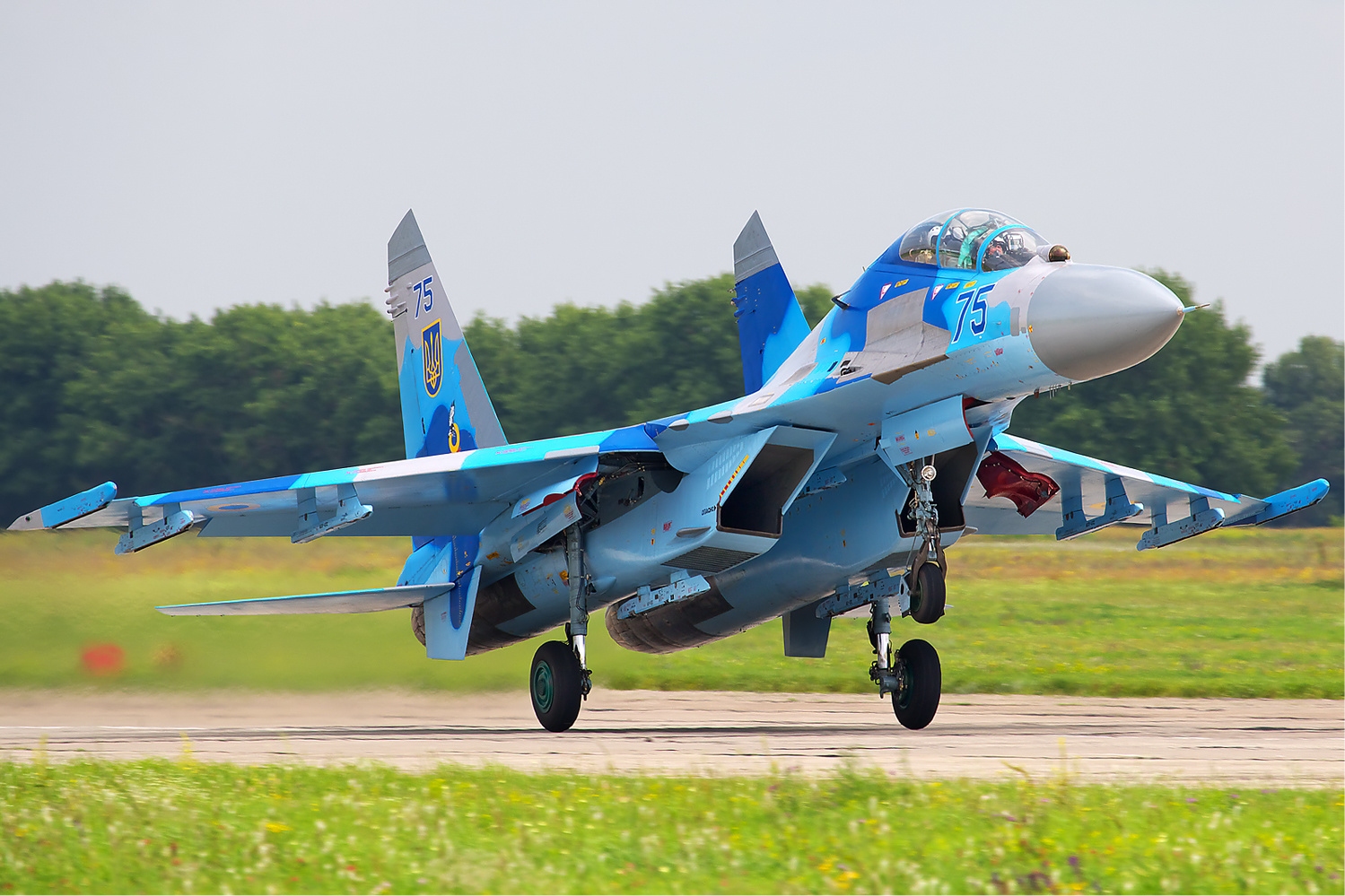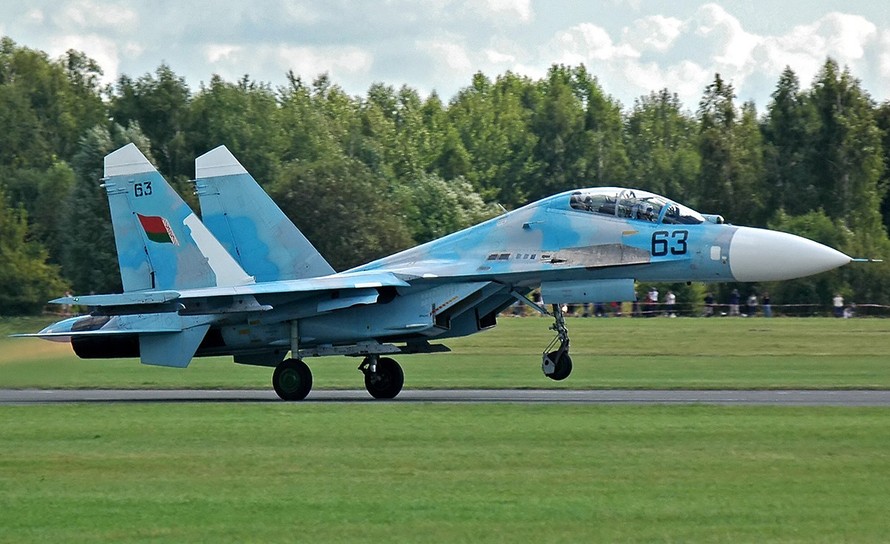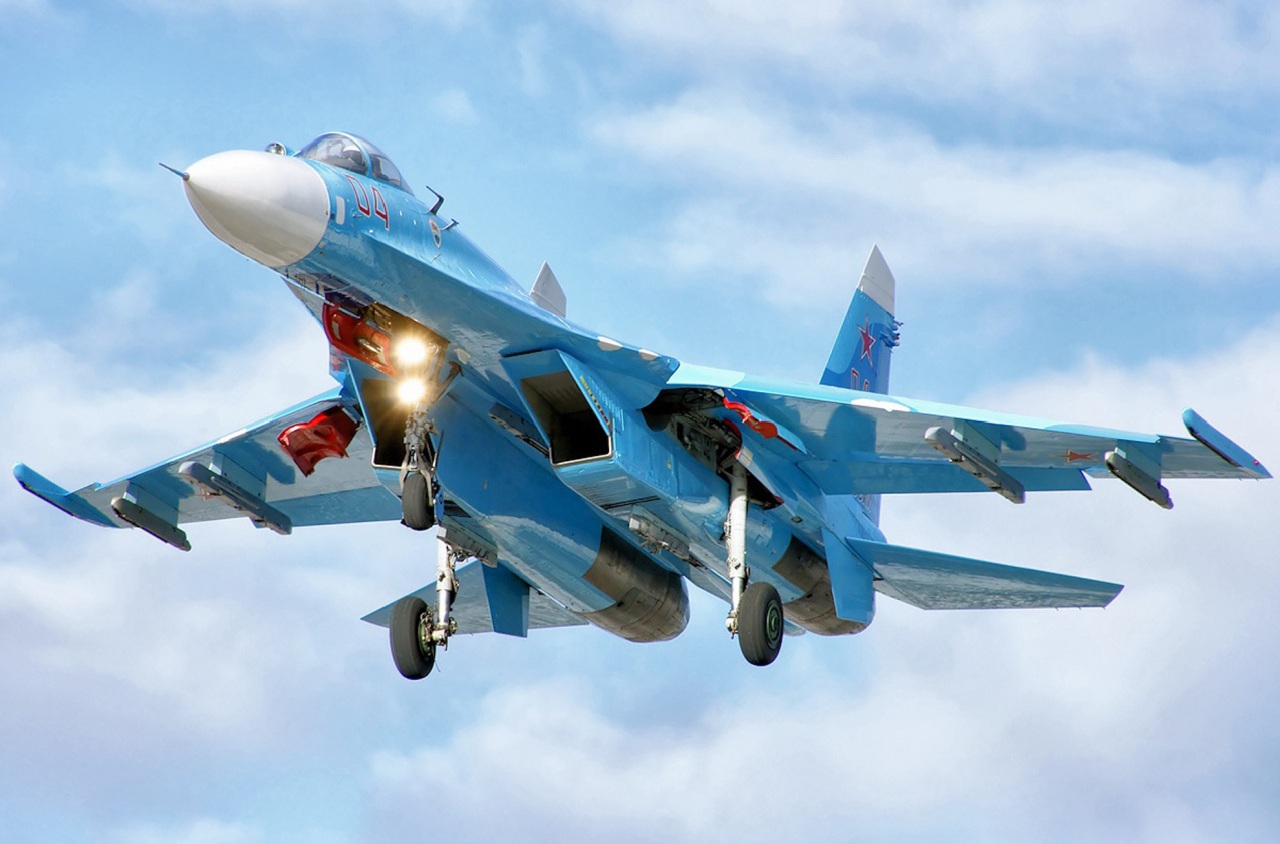The Sukhoi Su-27, a formidable air superiority fighter, has been a cornerstone of Russian aviation since its introduction in the 1980s. Known for its exceptional maneuverability, advanced avionics, and powerful weaponry, the Su-27 has earned a reputation as one of the most capable fighters of its generation. This article delves into the history, capabilities, and impact of the Su-27, exploring how it has shaped modern air combat and influenced subsequent aircraft designs.

Development and Background
The development of the Su-27 began in the early 1970s as a response to the United States’ advanced fighter programs, particularly the F-15 Eagle. The Soviet Union sought to create an aircraft that could not only match but surpass its Western counterparts in terms of performance and capability. The task was entrusted to the Sukhoi Design Bureau, which embarked on designing a fighter with superior agility, speed, and firepower.
The prototype of the Su-27, known as the T-10, first took to the skies in 1977. After a series of modifications and rigorous testing, the final version of the Su-27 was introduced into the Soviet Air Force in 1985. Its impressive performance and advanced features quickly established it as a dominant force in aerial combat.

Advanced Capabilities
The Su-27’s capabilities are a testament to its advanced engineering and design. Powered by two Saturn AL-31F afterburning turbofan engines, the Su-27 can reach speeds of up to Mach 2.35 and has a combat radius of approximately 1,340 kilometers. This allows it to engage targets at long distances and maintain air superiority over vast areas.
One of the most notable features of the Su-27 is its exceptional maneuverability. The aircraft’s aerodynamics, coupled with a sophisticated fly-by-wire control system, enable it to perform complex aerial maneuvers with ease. This includes the famous “Cobra” maneuver, where the aircraft momentarily pitches its nose up to a near-vertical position before rapidly recovering. Such maneuvers give the Su-27 a significant edge in dogfights, allowing it to outmaneuver adversaries and evade incoming missiles.
The Su-27 is equipped with an array of advanced avionics and weapon systems. Its N001 Myech radar provides long-range detection and tracking capabilities, while the OLS-27 infrared search and track (IRST) system enhances its ability to detect and engage stealthy targets. The aircraft’s armament includes a combination of air-to-air missiles, such as the R-27 and R-73, as well as a 30mm GSh-30-1 cannon for close-range engagements.

Operational History and Impact
Since its introduction, the Su-27 has seen extensive service with the Russian Air Force and numerous other countries, including China, India, and Ukraine. Its combat effectiveness has been demonstrated in various conflicts and military exercises, where it has consistently proven its superiority over adversary aircraft.
The Su-27’s influence extends beyond its operational history. Its design and capabilities have served as the foundation for several derivative aircraft, including the Su-30, Su-33, and Su-35. These variants incorporate advancements in avionics, weaponry, and performance, building on the success of the original Su-27 to meet evolving combat requirements.
In addition to its military impact, the Su-27 has made significant contributions to aerospace technology and pilot training. Its advanced flight characteristics and robust airframe have provided valuable insights into high-performance aircraft design, influencing the development of future fighters worldwide.

Global Presence and Legacy
The global presence of the Su-27 is a testament to its enduring legacy. The aircraft’s adoption by numerous air forces around the world underscores its versatility and effectiveness. Countries like China have not only operated the Su-27 but also developed indigenous variants, such as the Shenyang J-11, based on its design.
The Su-27’s legacy also extends to its role in international airshows and demonstrations. Its breathtaking aerial displays, showcasing its maneuverability and agility, have captivated audiences and highlighted the capabilities of Russian aviation engineering.
Conclusion
The Sukhoi Su-27 stands as a legendary figure in the world of military aviation. Its advanced capabilities, operational history, and influence on subsequent aircraft designs have solidified its place as one of the most iconic fighters of the modern era. As air forces continue to seek air superiority and advanced combat capabilities, the Su-27’s legacy will undoubtedly endure, inspiring future generations of fighter aircraft and pilots.





